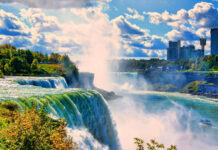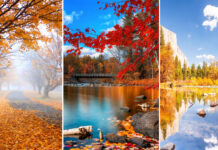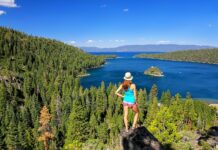
If you want to explore the US and need to get back to nature, then read on, fellow travelers! There are many places where you can get out into the wild in America. Thus, we present the wonderful wilderness of the USA.
The Wonderful Wilderness Of The USA
1. The Sipsey Wilderness
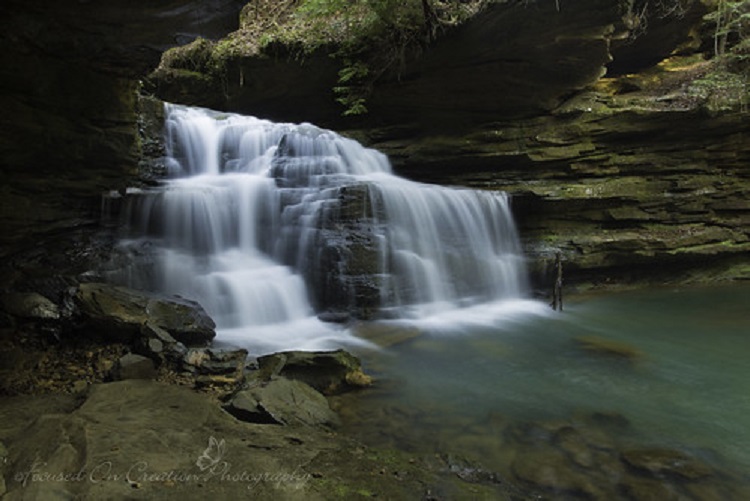
Head for the northern section of the William B. Bankhead National Forest in the northwestern part of Alabama. Here you can explore the 25.809 acres of Sipsey Wilderness. Here you can go camping, hiking, and even horseback riding. Be sure to see beautiful Mize Mills Falls and the Turkey Foot Falls too.
2. The Wrangell-Saint Elias Wilderness
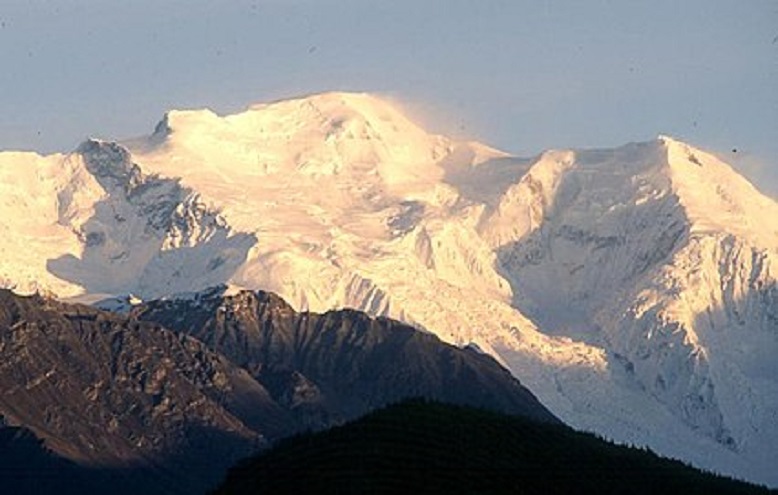
According to the National Wilderness Preservation System (NWPS), the Wrangell-St. Elias National Park in Alaska is officially the “largest designated wilderness.” It includes a remarkable 9,432,000 acres and features wild rivers, remote valleys, and Mount Saint Elias, the nation’s second-highest peak. It’s 18,008 feet high. This wilderness is also home to black and grizzly bears, Dall sheep, moose, and mountain goats.
3. The Mazatzal Wilderness Area

“Mazatzal” is Aztec for “an area inhabited by deer.” Oddly, at press time, there’s no proof that actual Aztecs ever visited this rugged mountainous region in the Tonto National Forest in Arizona. Here you will find 250,760 acres of striking wilderness. It includes semi-desert grassland, Sonoran Desert shrubland, more than 240 miles of hiking trails, and the state’s only Wild River Area.
4. The Buffalo National River Wilderness
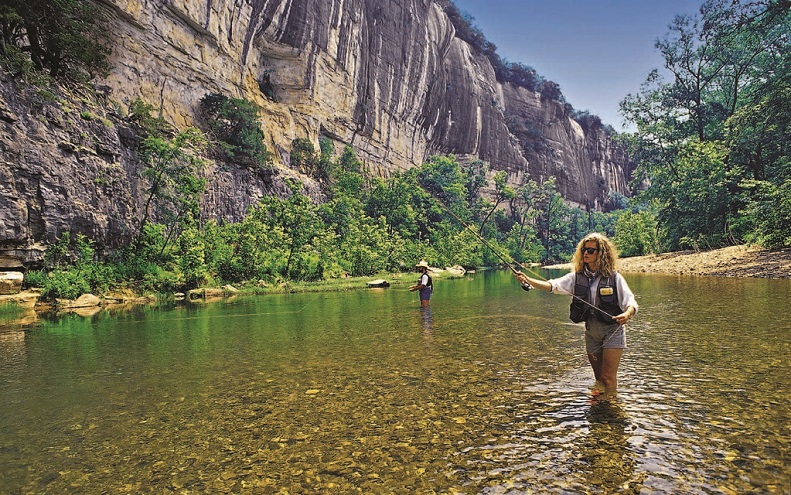
The isolated Buffalo National River Wilderness is in the Ozark National Forest, Arkansas. This 34,933-acre area is highlighted by the Buffalo River, towering dolomites, and beautiful, hidden waterfalls. This scenic place is perfect for such outdoor activities as canoeing, hiking, and wildlife-watching. Keep an eye out for bald eagles, black bears, and elk.
5. The Yosemite Wilderness

Are you surprised to hear that 94 percent of the 704,624 acres of Yosemite National Park in California is designated wilderness? The surrounding national forest is stark white with snow during the winter months and lush, verdant green during the summer. Explore the towering sequoias, wonderful waterfalls, gorgeous glacier-filled lakes, and the 700+ miles of hiking trails here.
6. The Lava Beds Wilderness
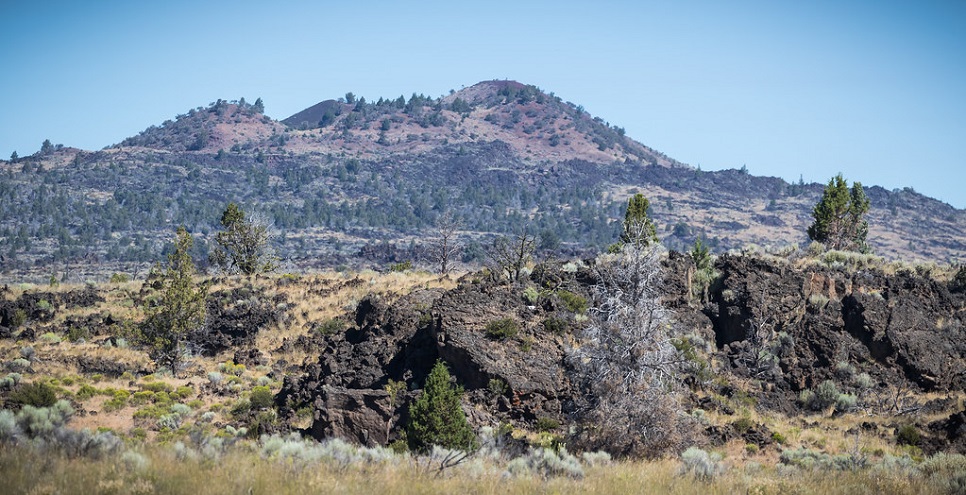
You will find the unique Lava Beds Wilderness is part of California’s Lava Bed National Monument. Born of ancient volcanic turmoil, this area encompasses 28,460 acres. See the vegetation-covered cinder cones, the yellow blazing star, western sword fern, and famous purple desert sage. Be sure to check out some of the 500 caves of oddly-shaped lava tubes too!
7. The Ventana Wilderness
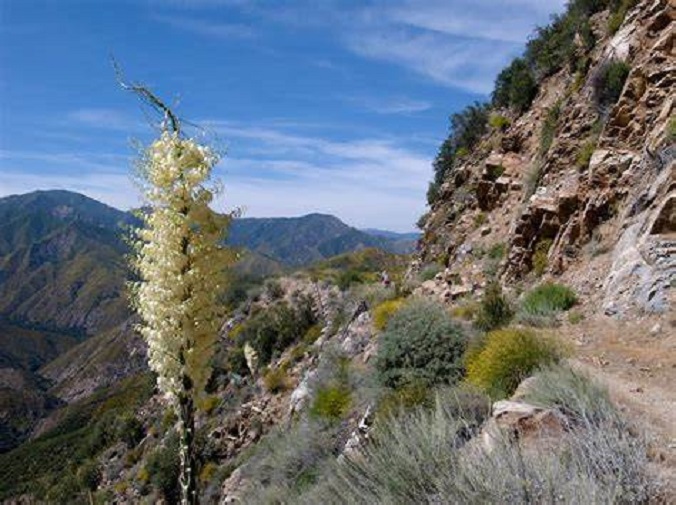
The Ventana Wilderness’ 236,726 acres in Los Padres National Forest bestraddles the stunning Santa Lucia Mountains along California’s Central Coast. Here you can see craggy peaks, deep pools, deep valleys, major streams, sharp, steep ridges, thermal springs, and waterfalls. There are also 197 miles of hiking trails here. Travel writers confirm the 24-mile Pine Ridge Trail is the most popular.
8. The Never Summer Wilderness
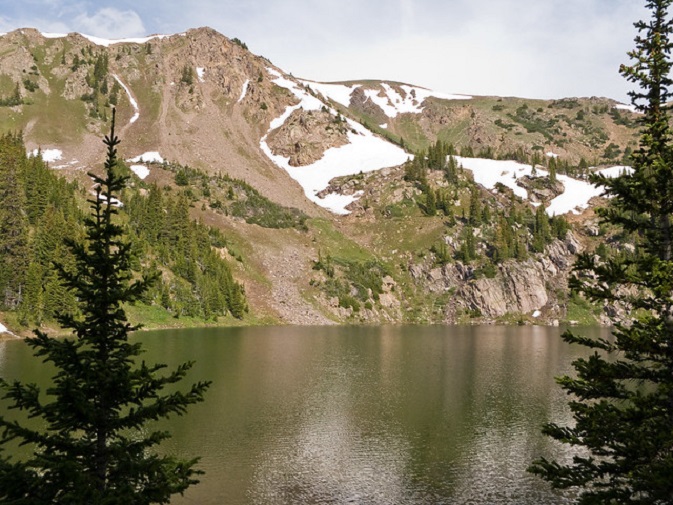
The 20,847 acres of the Never Summer Wilderness in Colorado’s Arapaho National Forest are subject to more rain and snow than summer sunshine. Highlights of this area include 17 peaks that tower over 12,000 high, a trio of major rivers, 20 miles of hiking trails, 600-year-old fir and spruce trees, and you might spot pygmy shrews, wood frogs, and wolverines.
9. The Marjory Stoneman Douglas Wilderness

The Marjory Stoneman Douglas Wilderness is nestled within the Everglades National Park in Florida. It covers 1,296,500 of the park’s total 1.4 million acres. The tall grasses of the marshland house flamingoes, alligators, and more. Take a boat excursion to popular Florida Bay and see not only nesting sites but also sea turtles, bottle-nosed dolphins, and sharks too.
10. The Pelican Island Wilderness
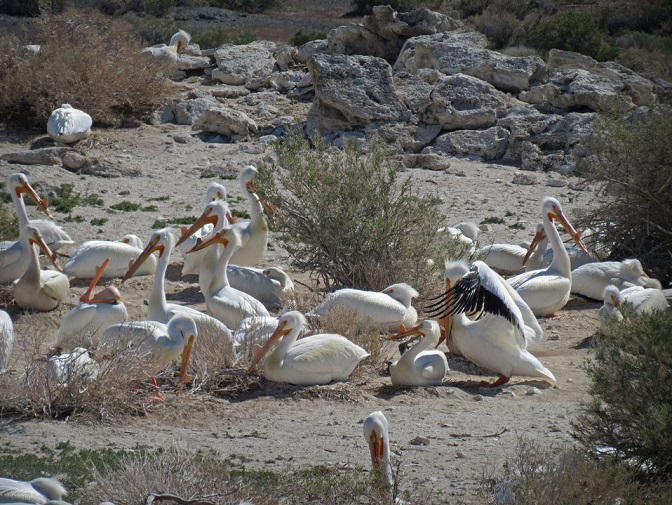
The Pelican Island Wilderness in the Indian River’s wide lagoon in Florida’s Pelican Island National Wildlife Refuge covers only 5.5 acres. Thus, it is actually the “smallest designated wilderness” in the US. It is home to a total of 15 officially “threatened and endangered species.” Various wading birds dine on the many natural fish here. Brown pelicans, oystercatchers, and great blue herons nest even here.
11. The J.N. “Ding” Darling Wilderness
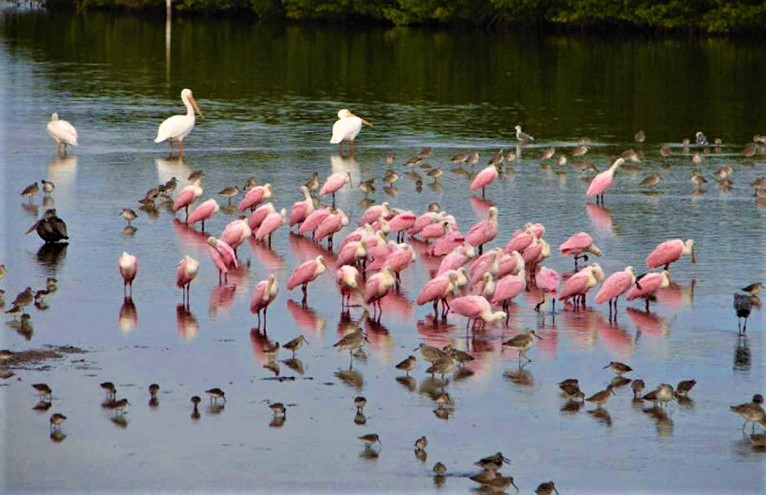
Located in the northern section of the 6,400-acre J.N. “Ding” Darling National Wildlife Refuge in Florida, this group of mangrove islands spans 2,619 acres. The refuge began as a refuge for river otters, alligators, and a number of different migratory birds. Here you can go fishing, canoeing, kayaking, and even motorboating in specific areas.
12. The Okefenokee Wilderness
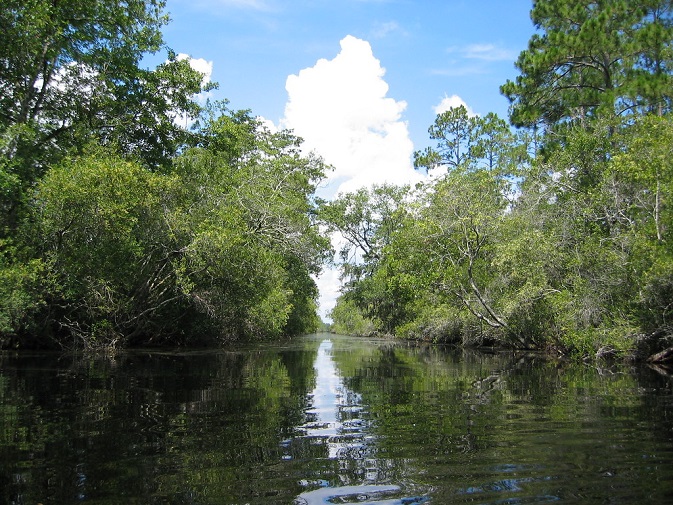
Spread out over 353,981 acres of the Okefenokee National Wildlife Refuge in Georgia, this remote wilderness area is a peaceful place. Camp here on a wooden platform amidst the moss-draped cypress and wet prairie. Hear the calls of the ibis and herons. Be sure to check out the famous Okefenokee Swamp too. It’s one of the country’s best-preserved and oldest freshwater areas.
13. The Hawaii Volcanoes Wilderness
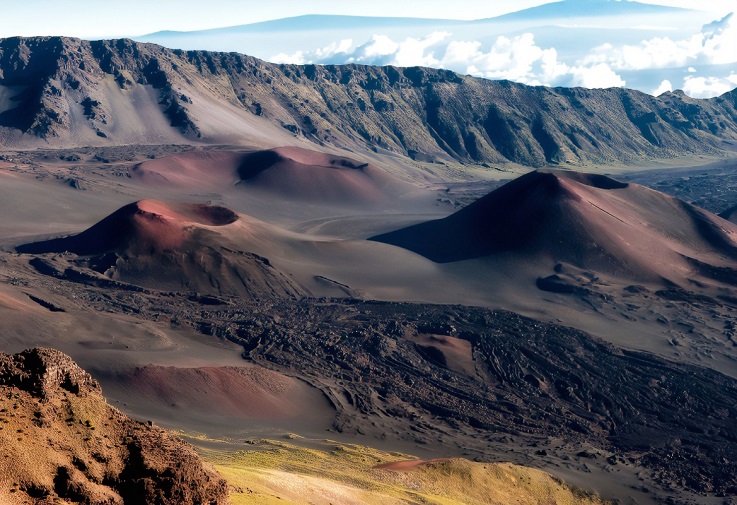
While in Hawaii Volcanoes National Park, on Hawaii’s Big Island, be sure to explore the designated wilderness. It’s divided into four separate sections. Mauna Loa is located in the northwestern section. In the southwest, you’ll find miles of coastline worth exploring too. There’s a total of 123,100 acres here including almost 150 miles of hiking trails. Try the Ka’aha Trail.
14. The Bitterroot Mountain Wilderness
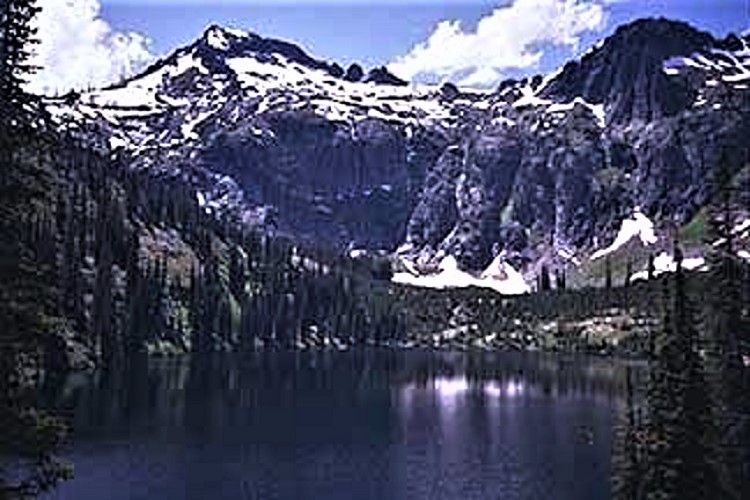
The beautiful 1,347,644-acre Bitterroot Mountain Wilderness in Bitterroot National Forest straddles both Montana and Idaho. There are 1,092,854 acres In Idaho and 254,790 acres in Montana. You’ll see the rugged ridges and rough granite peaks, the deep canyons, and forest. Hike some of the 1,800 miles of hiking trails and look for Selway elk.
15. The Isle Royale Wilderness
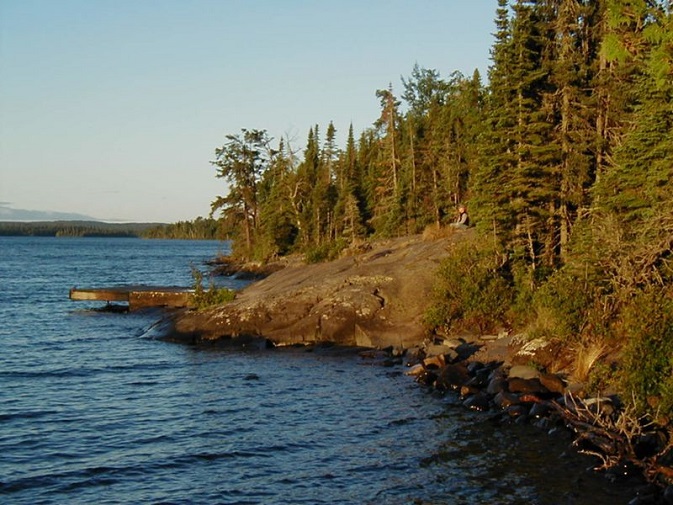
The Isle Royale Wilderness covers 99 percent of Michigan’s Isle Royale National Park. It spans an area of 132,018 acres. It holds multiple honors including the continent’s “largest freshwater lake”, “the largest island”, and the state’s “largest wilderness area.” It features a shoreline forest, 36 campgrounds, more than 100 ponds, and lakes, and 170 miles of hiking trails.
16. The Boundary Waters Canoe Area Wilderness

Travel to the stunning Superior National Forest in Minnesota. Here you can explore the Boundary Waters Canoe Area Wilderness. Explore the 816,244 acres of beaches, rugged crags, and rocky shores. Here you’ll find 18 hiking trails, 1,200 miles of routes for canoeing, and 2,200 campsites. It neighbors the Quetico Provincial Park in Canada too!
17. The Bob Marshall Wilderness
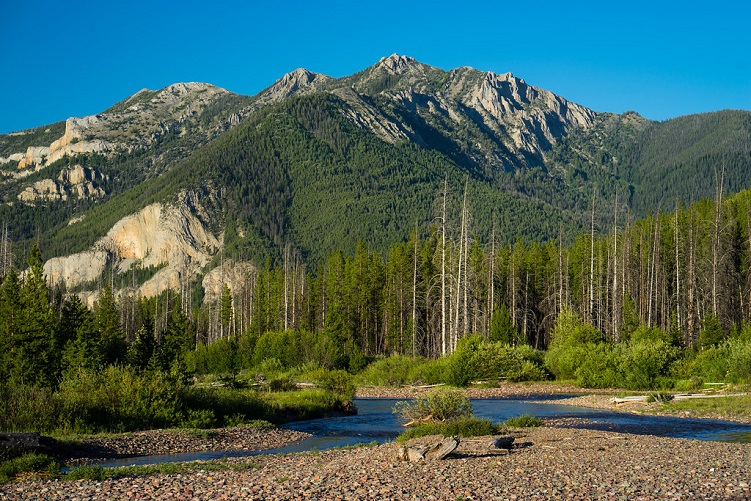
The Bob Marshall Wilderness in Montana’s Flathead National Forest is the oldest and perhaps the most popular of three wildernesses that make up the entire Bob Marshall Wilderness Complex. The other two are The Scapegoat and The Great Bear Wilderness. Designated in 1964, it is the largest of the trio encompassing an area of 1,062,694 acres.
18. The Arc Dome Wilderness

Situated in the Humboldt-Toiyabe National Forest in Nevada, the well-known Arc Dome Wilderness is specifically found in the Toiyabe Range’s southern area. Explore 120,551 acres of the range’s highest summits and visit the Arc Dome which stands 11,775 feet tall. Take the Cow Canyon Trail. It follows the Reese River which is great for trout fishing.
19. The Sandwich Range Wilderness

This wilderness in the White Mountains of New Hampshire is special. It is one of the few wilderness areas in the entire northeastern US. It is 35,301 acres of high mountain passes, long ridgelines, rugged valleys, shining pools, and bubbling streams. Visit the southeastern section of the White Mountains and hike part of the 57 miles of historic hiking trails.
20. The Ah-shi-sle-pah Wilderness

New Mexico’s badland area, the Ah-shi-sle-pah Wilderness, is quite distinct despite it only covering 7,242 acres. It is an interesting, otherworldly landscape that features barren, wide valleys, gray-white clay hills, and yellow-orange fairy chimneys or “hoodoos.” There’s very little vegetation here so you may discover various unique fossils and geological formations.
21. The Three Sisters Wilderness
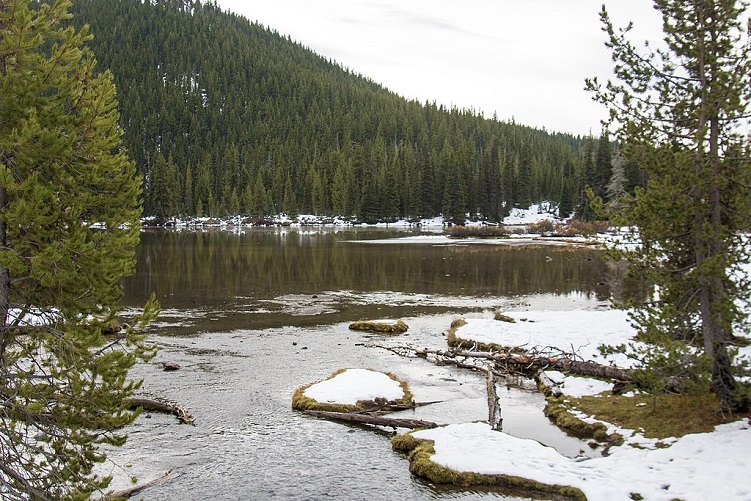
Visitors to the Willamette National Forest and Deschutes National Forest in Oregon can visit these 283,818 acres of wilderness. It’s the second-largest wilderness in the state. Highlights here are South Sister, Middle Sister, and North Sister. Their individual heights are between approximately 10,085 and 10,358 feet. See the alpine meadows, forests, lava fields, and 260 miles of hiking trails here.
22. The Badlands Wilderness

If you’re headed to the famous Badlands National Park in South Dakota, be sure to stop to see some of the 64,144-acre Badlands Wilderness. It’s more than 38 million years old and began as little more than a marshy jungle that was home to now-extinct saber-toothed cats. Weather conditions eventually transformed the place into a mixed-grassland complete with gorges, cliffs, and canyons.
23. The Citico Creek Wilderness

The Citico Creek Wilderness in the Cherokee National Forest is the largest in the state of Tennessee. In the 1920s it was heavily impacted by tree logging, yet today there still remains a number of strands of virgin forest amidst its 16,213 acres. Be sure to take the popular designated Cherohala Skyway which will give you access to the 70-foot high Falls Branch Falls.
24. The Guadalupe Mountains Wilderness
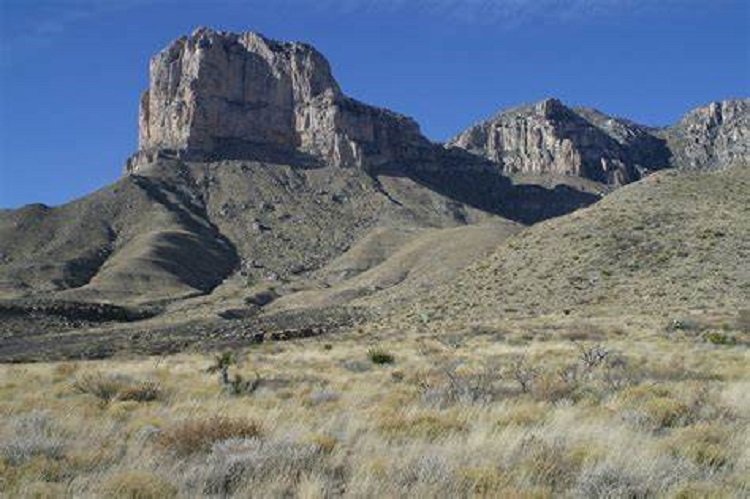
More than half of Texas’ Guadalupe Mountains National Park is designated wilderness and is home to the most exposed and extensive fossil reef on the planet as well. The highest point here is the well-known Guadalupe Peak which stands 8,749 feet high. Hike the 8.4-mile, round-trip Guadalupe Peak Trail to explore it up close.
25. The Turkey Hill Wilderness
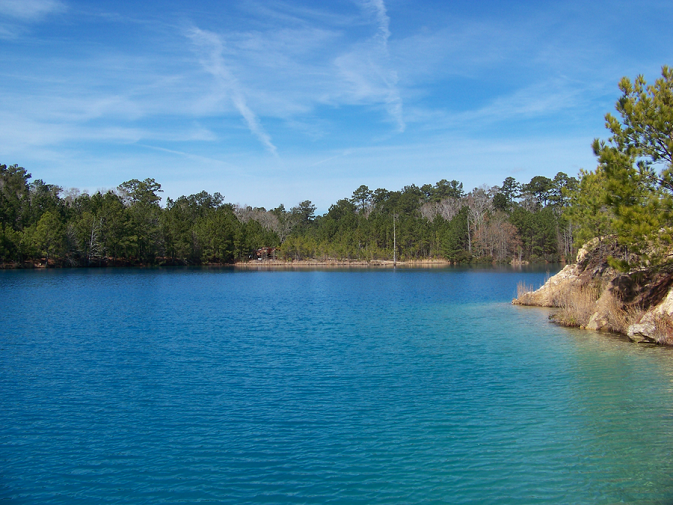
Eastern Texas’ Turkey Hill Wilderness in Angelina National Forest may have a few noticeably steep slopes among its 5,536 acres, but it is generally accessible to everyone. Oddly, regardless of its name, this area is more of a home to snakes and deer than turkeys. The biggest attraction is iconic Turkey Hill which is approximately 298 feet above sea level.
26. The Desolation Canyon Wilderness
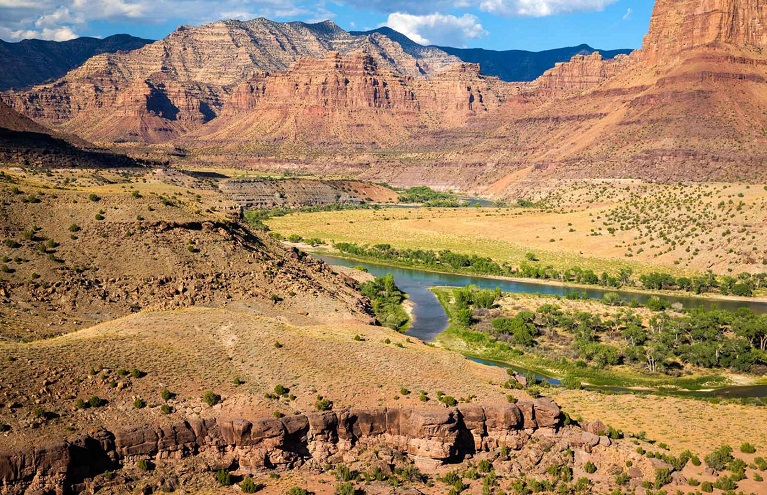
The distinctive Desolation Canyon is a great place to be for those into prehistoric cultures and geology. It spreads out over an area of 142,996 acres. It includes quite a number of deep canyons. Rock Creek is reportedly over a mile deep. This is a great place for whitewater rafting. Check out the 84-mile section of the mighty Green River which rushes through both Gray and Desolation canyons.
27. The Buckhorn Wilderness
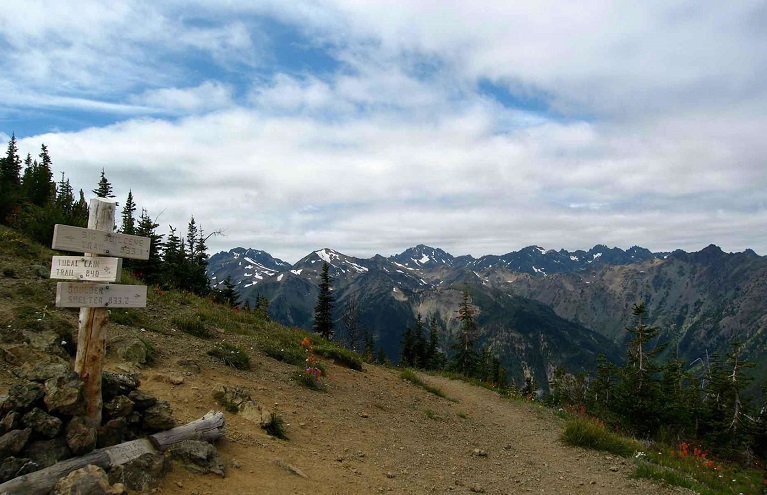
Are you going to the Olympic National Forest in Washington? Be sure to explore at least part of the 44,270 acres of the Buckhorn Wilderness in the forest’s northeastern corner. The northern section of the area features forested lowlands and mountains. The larger southern portion has alpine meadows and glacier-carved valleys. Take the picturesque Marmot Pass!
28. The Cranberry Wilderness

Hikers will love this wilderness area in West Virginia’s Monongahela National Forest. This 47,742-acre area in Webster and Pocahontas Counties is reported to be “prime hiking territory” for backpackers and hikers who enjoy exploring the deep woods. The valleys are steep, and the wide mountains are between 2,400 and 4,700 feet tall.
29. The Blackjack Springs Wilderness
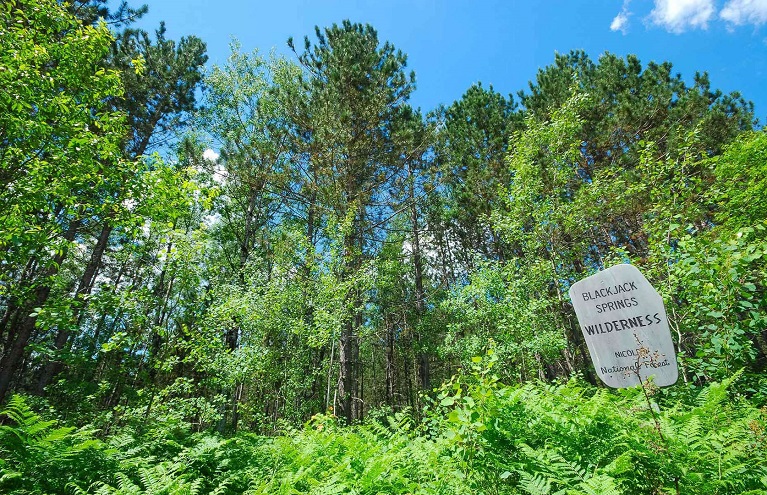
The Blackjack Springs Wilderness in Chequamegon-Nicolet National Forest in northeastern Wisconsin spans an area of 5,912 acres. Close to the Canadian border, it is highlighted by the well-known Whispering Lake which reflects the surrounding forest. Here you can hike trails running along abandoned railroad grades and logging roads that harken back to the early 1900s.
30. The Washakie Wilderness

This wilderness in Wyoming’s Shoshone National Forest was named in honor of Chief Washakie, a major figure in the Shoshone tribe. It includes 704,274 acres in the Absaroka Mountains and is highlighted by buttes, petrified forests, steplike cliffs, and volcanic-layered valleys. If you hike here, beware of wolves, mountain lions, and bears.
31. The Frank Church-River Of No Return Wilderness
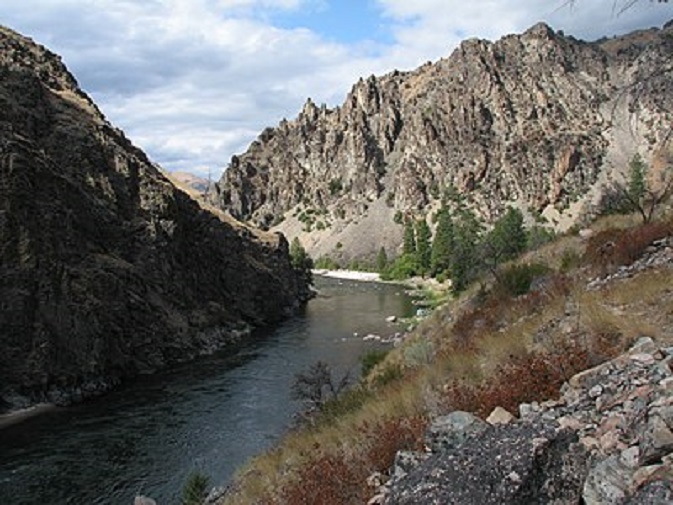
Last but not least, is this wilderness area in Idaho’s Salmon-Challis National Forest. This 2,358,886-acre area spans six national forests and two official Primitive Areas. Here you can explore the Salmon River Mountains, go jet-boating or rafting on two white-water rivers, go hiking, and horseback riding.

